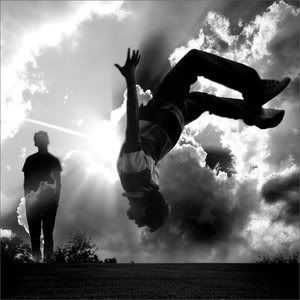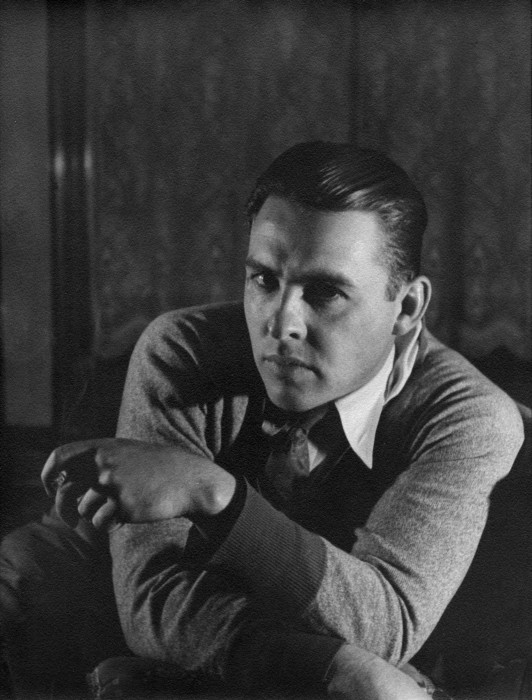

It’s not very often I think Brad Pitt is the less gorgeous of two men. But look at these photos. Directly above, we have Brad Pitt in the movie A River Runs Through It (Craig Sheffer, to the left, plays Norman Maclean). Brad’s role was the troubled, brilliant Paul Maclean. In the top photo, the real Paul Maclean.
Who wins the handsome-ness contest?
warning: movie/book spoiler ahead!
The striking Mr. Maclean, with his drill-right-through you gaze, is only one reason I love A River Runs Through It—the movie and the book. Mostly the book. Written by Paul’s brother, Norman, it’s a painful, lovely depiction of the limits of a family’s devotion, and what happens when one of them dies too young.
“The world is full of bastards - the number ever increasing the further one gets from MISSOULA, MONTANA.” from the book
The story is set in my town of Missoula, where the real family lived. Here’s a photo of their house, a few blocks from my neighborhood.
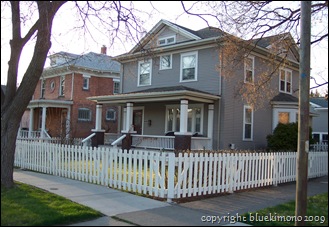
Across the street is the Presbyterian church where Norman and Paul’s father, played in the movie by Tom Skerritt, was the minister.
“My father was very sure about certain matters pertaining to the universe. To him all good things—trout as well as eternal salvation—come by grace, and grace comes by art, and art does not come easy.” from the book

And here’s the Maclean family in 1911.

Both Maclean sons attended Dartmouth College. Both chose careers in writing—Paul as a journalist, and Norman as a professor of literature at the University of Chicago. Here’s a photograph of Norman at Dartmouth...

…and his wife, Jessie Burns Maclean, in 1934 (photo by Norman Maclean).
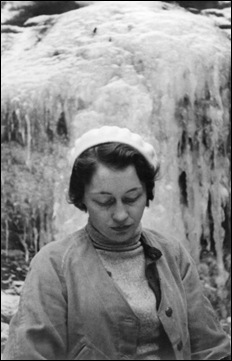
Norman Maclean, teaching at the University of Illinois in Chicago.

The Montana depicted in the book, and well-captured in the movie, rings true to my heart. My grandparents were contemporaries of Norman Maclean, and casual acquaintances. The patterns of their lives had a number of similarities. Though I wasn’t alive when the story is set, I feel I know it at some level—absorbed, maybe, through what my grandparents shared with me of their lives.
The stories, for instance. Missoula is minutes away from the Big Blackfoot River, which is now called simply the Blackfoot. There were stories of streams and forests and “characters:” of men being men—and women being men, too. People in trouble with liquor. Stories about fishing…always fishing. And these alongside the taken-for-granted values about literature; education at good colleges; politics; lawmaking.
“Norman Maclean was not responsible for Montana's fly-fishing tourism boom and would never have wanted it,” says his son, writer John Maclean.

Did I mention fishing? My grandfather was of the same fly-fishing generation as the Maclean brothers. I remember his slow-gaited tread down to the dock and the patterns his line made on the glassy water of Placid Lake on an early summer morning.
When this grandfather was a child, he lost his younger brother in the river that runs through Missoula. The two brothers were fishing near their home with a cousin. I don’t know if they were fly fishing or using bait. What I know is that they were by the river, and the younger brother didn’t come back.
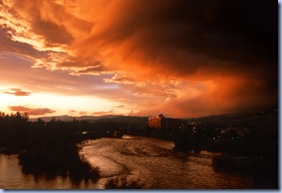
A River Runs Through It—The Clark Fork River downstream of confluence with the Blackfoot River, a few minutes from my house.
There was a current of melancholy in my grandfather throughout his long and professionally successful life. I think I inherited a sort of an intergenerational sadness that surfaces sometimes, and attached itself to Maclean’s story the first time I read it. This river in no small part drew me back to Montana. But it also scares me, and puts me in my place.
These favorite words from A River Runs Through It are some of the loveliest I’ve ever read:
“Of course, now I am too old to be much of a fisherman, and now of course I usually fish the big waters alone, although some friends think I shouldn't. Like many fly fishermen in western Montana where the summer days are almost Arctic in length, I often do not start fishing until the cool of the evening. Then in the Arctic half-light of the canyon, all existence fades to a being with my soul and memories and the sounds of the Big Blackfoot River and a four-count rhythm and the hope that a fish will rise. Eventually, all things merge into one, and a river runs through it. The river was cut by the world's great flood and runs over rocks from the basement of time. On some of the rocks are words, and some of the words are theirs.
I am haunted by waters."
from the book
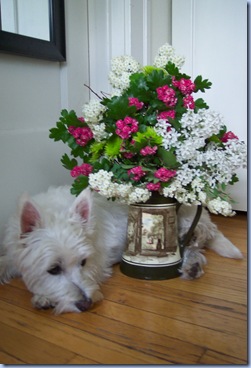
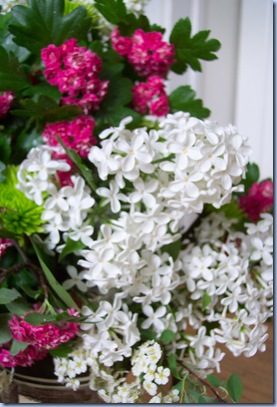
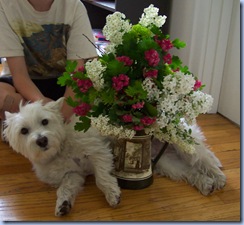
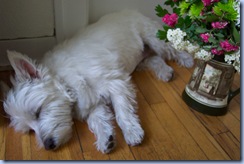




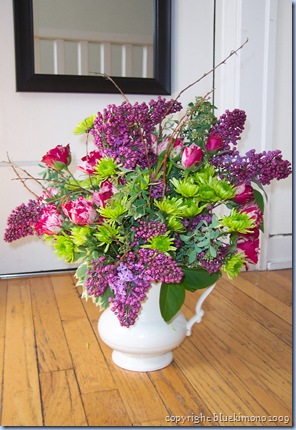





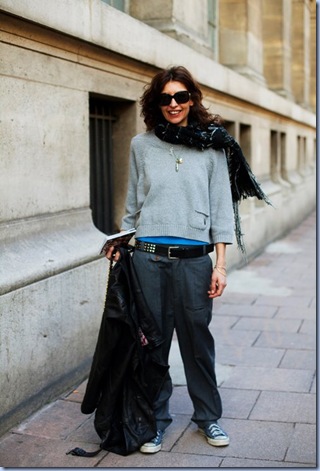
.jpg)

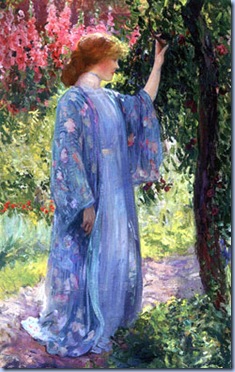 Guy Rose, The Blue Kimono (1909)
Guy Rose, The Blue Kimono (1909) 
 William Merritt Chase, The Blue Kimono (1915)
William Merritt Chase, The Blue Kimono (1915)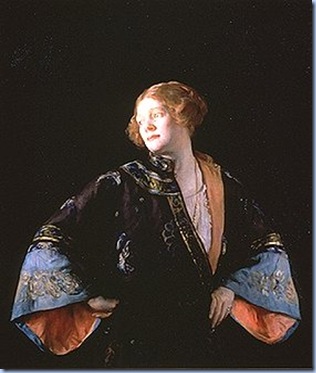





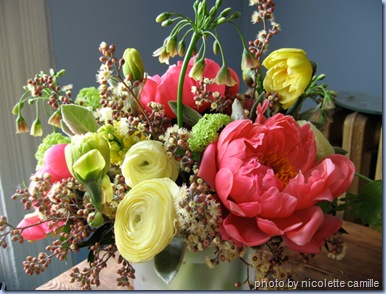

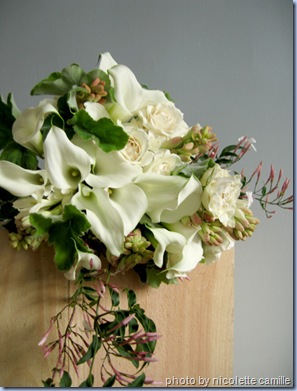
















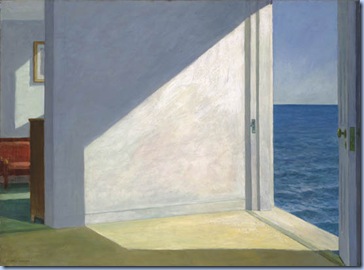
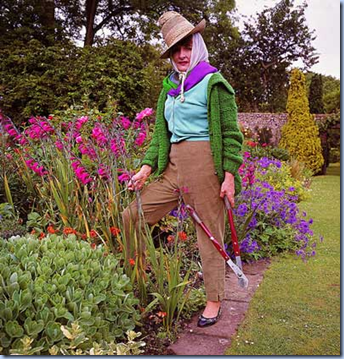

_large.jpg)



